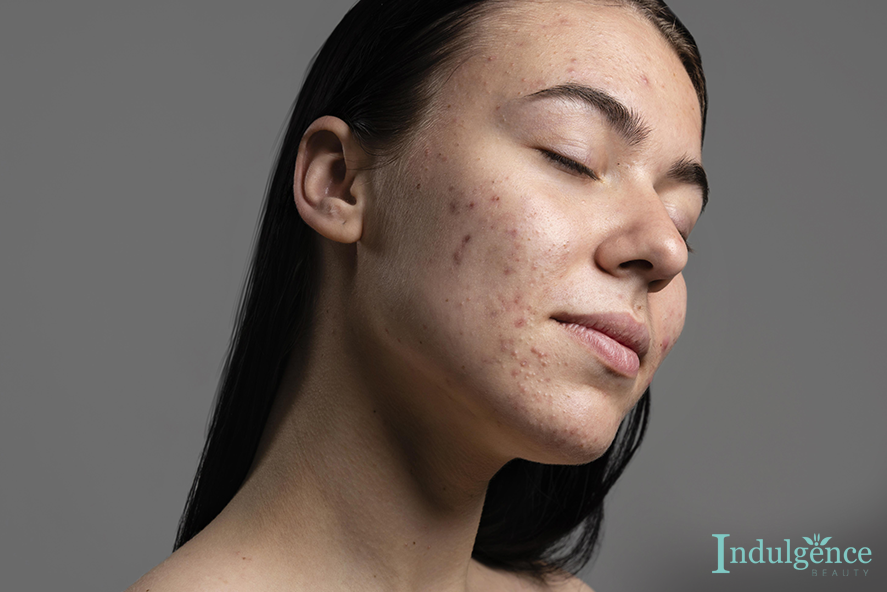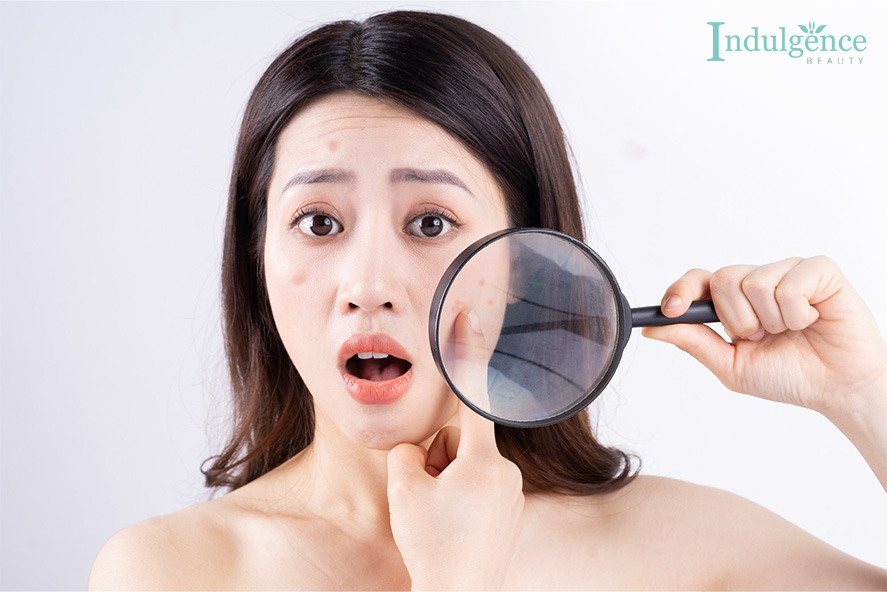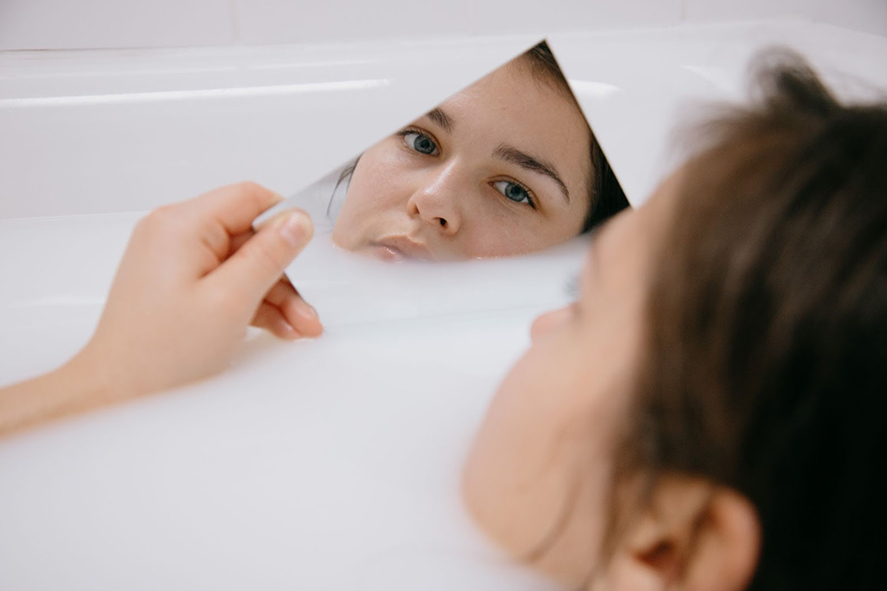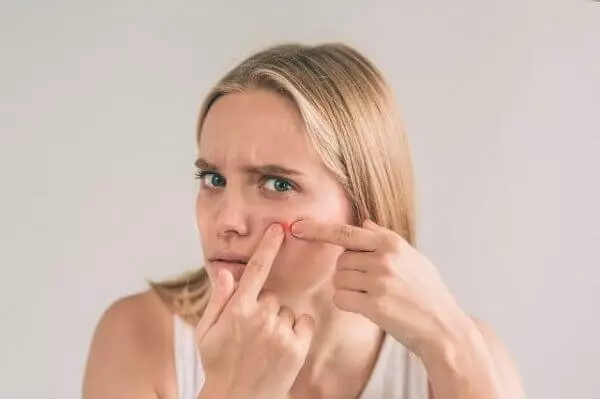Types of Acne Scars and How You Can Get Rid of Them
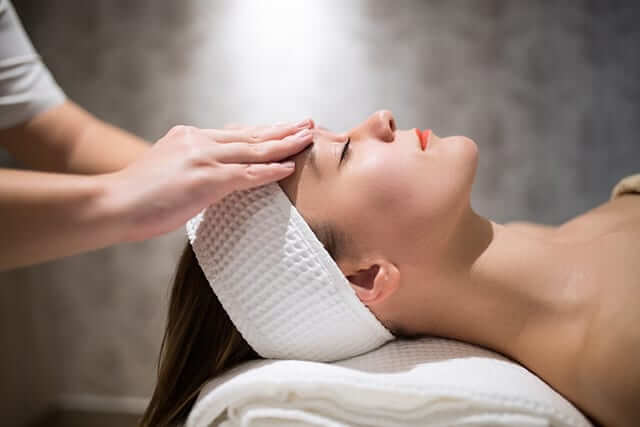
At some point in almost everyone’s life, they get acne. It is a very common kind of skin disease in humans and it is estimated that at least 80 to 85% of people between the ages of 11 to 30 are affected by this disease.
But what exactly is acne?
Acne is a chronic, inflammatory disease which affects human skin. Acne is caused by the clogging of the skin’s pores by oil, dead skin and bacteria and can affect primarily the face, back and chest. Acne can also be present in other parts of the body such as the neck, arms, legs, shoulders, buttocks and crotch and even on the top of the head (scalp acne).
Acne Marks vs. Acne Scars
It is important to distinguish between acne marks and acne scars in order to determine the appropriate treatment.
Acne marks are Post-Inflammatory Hyperpigmentation(PIH) which are temporary remnants of acne that presents itself as red, purple or pink marks on light and pale skin or black or brown spots on darker skin tones. These marks usually fade after six months and can be treated at home by using natural methods or by using over-the-counter products.
On the other hand, acne scars are permanent as the skin’s tissue is destroyed and replaced with fibrous tissue. There may be an overproduction of the tissue, resulting in a keloid or hypertrophic scar that causes thick or raised scars. When the tissue produced is too little, a depression or atrophic scar is formed. At this point, home-treatments rarely work and treatment from a dermatologist is recommended.
Types of Acne Scars
Atrophic/Depressed Scars:
- Boxcar Scars
These are broad, rectangular depressions (similar to chickenpox scars) with steep defined edges. - Rolling Scars
These depressions have a “rolling” appearance with sloping edges, similar to that of a wave. - Ice Pick Scars
These are very deep and have jagged edges. Their appearance gives these scars their name as they resemble pits dug with an ice pick or a sharp tool. - Hypertrophic/Keloid Scars
Excess collagen inside the skin results in the skin having a raise, hard surface.
Treating Acne Scars
Treating acne scars with an acne facial is a great option. In Singapore, there are a wide variety of acne scar treatments offered by certified professionals, dermatologists and doctors who are ready to help you overcome this affliction. The type of treatment that will be recommended is based on the type of acne scar you have.
- Chemical Peels
This treatment involves the use of acids which are applied to the skin for about three to five minutes which causes the skin to peel and induces the regeneration of skin cells which in turn improves the texture of the skin and prevents the clogging of pores. Two or three sessions are required once every two weeks and results vary from patient to patient. This treatment is most effective for ice pick scars. - Punch excision or grafting
This treatment involves using a punching device to cut out the acne scars. Pieces of skin from another area of the body (typically behind the ear) are introduced to the newly made, smoother scar and the hole is closed and allowed to heal. This is also ideal for ice pick scars. - Laser Treatment
This type of treatment is suitable for all kinds of atrophic or depression acne scars and involves the use of special lasers which send pulses into the skin that causes the damaged tissue to be replaced with new collagen. This treatment lasts 30 to 40 minutes and lasts about six months. Different kinds of lasers are used for different stages of damage. - Subcision of scars
Better suited for boxcar and rolling scars, this treatment involves the use of a small needle which reduces the fibrous tissue that is responsible for the depression in your skin. When this tissue is removed, new collagen forms which raises the base of the acne scar. One to four sessions are recommended. - Dermal Fillers
Although not as common as other acne scar treatments in Singapore, this treatment involves the use of fillers to raise scars such as rolling scars and boxcar scars. - Radiofrequency micro needling
Here, small heated needles are used to stimulate collagen which in turn causes scars to heal. This type of treatment is recommended for rolling scars.
If you’ve used multiple skin care products, tried various DIY methods and have visited several spas and are on the verge of giving up on your acne scars, opting to try an acne facial in Singapore may provide an effective solution for you. Say good riddance to those horrible scars and hello to better skin.

